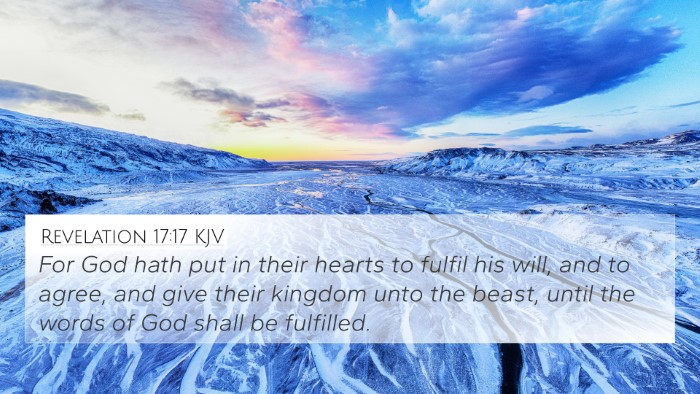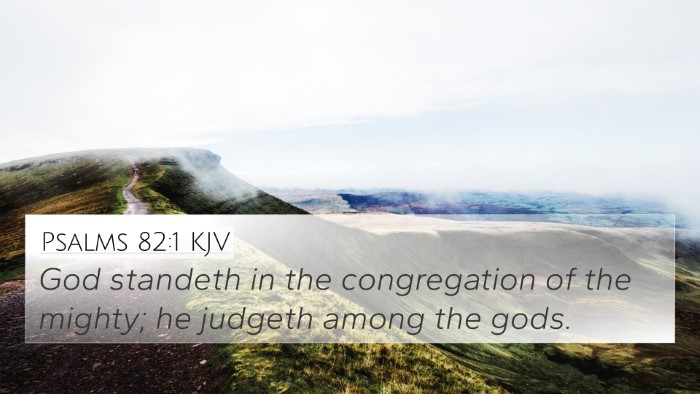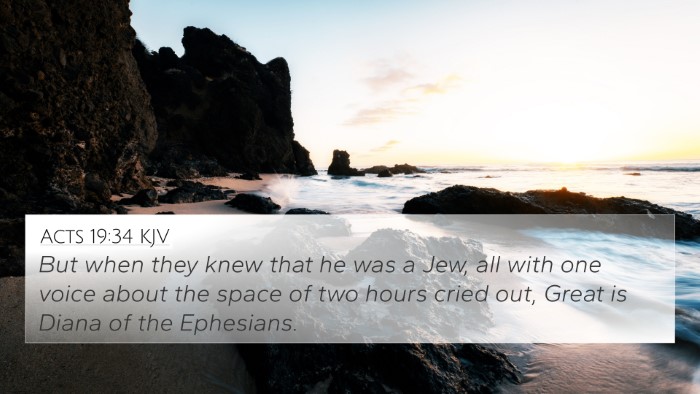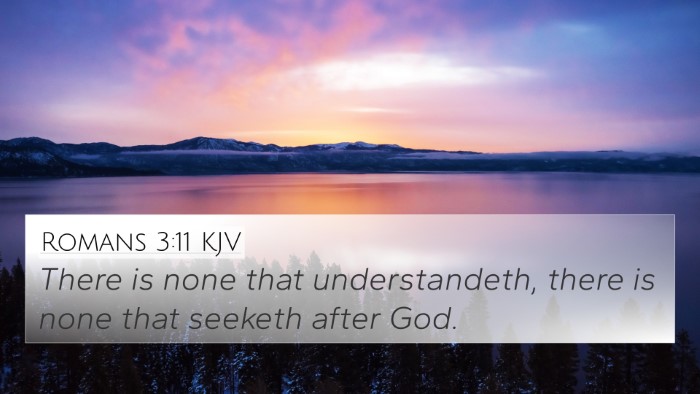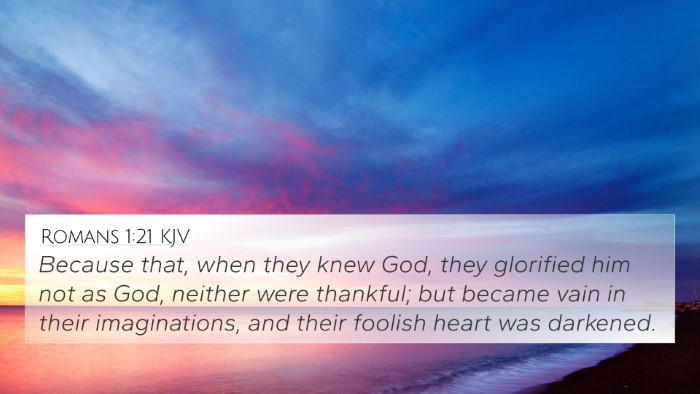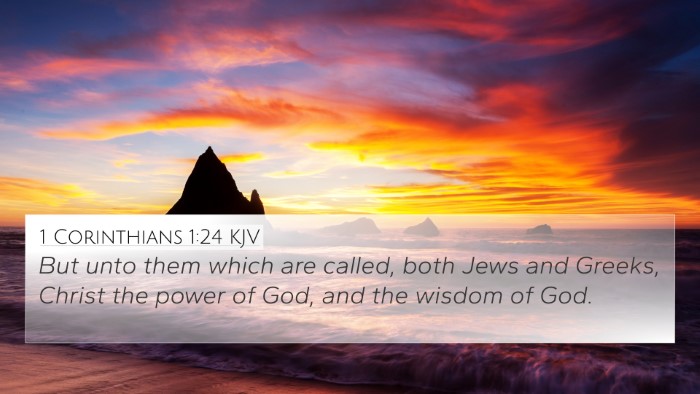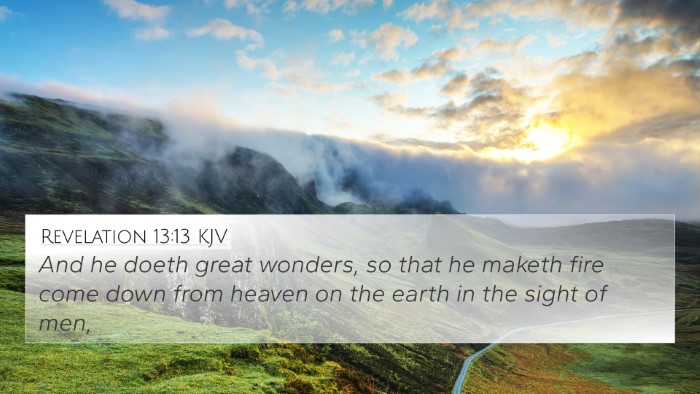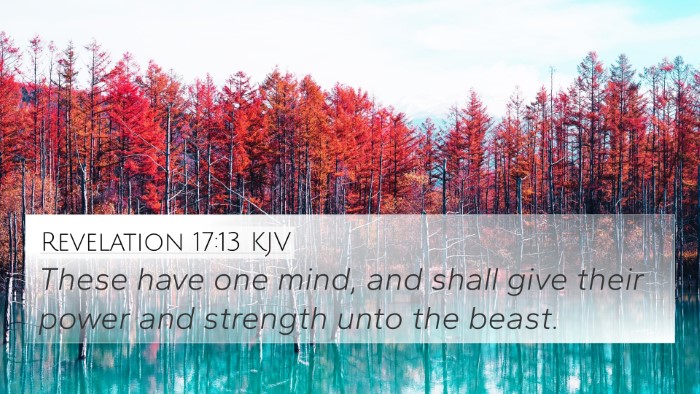Understanding Daniel 3:3
In Daniel 3:3, we observe the moment when King Nebuchadnezzar summoned the leaders of Babylon to gather for the dedication of a golden image he had erected. The verse states:
"Then the satraps, the prefects, and the governors, the counselors, the treasurers, the justices, the magistrates, and all the officials of the provinces gathered for the dedication of the image that King Nebuchadnezzar had set up. And they stood before the image that Nebuchadnezzar had set up." (Daniel 3:3, ESV)
This moment sets the stage for the well-known event involving Shadrach, Meshach, and Abednego. To fully grasp the implications of this verse, we can refer to various public domain commentaries.
Meaning and Analysis
Insights from Public Domain Commentaries
- Matthew Henry: Matthew Henry emphasizes that Nebuchadnezzar's decree marks a moment of idolatry where earthly power seeks to exalt itself above divine authority. The collection of officials demonstrates the king's influence, but it also foreshadows the conflict between loyalty to God and submission to human authority.
- Albert Barnes: Barnes provides insight into the socio-political context, noting that the ceremony was not just an act of worship but also a demonstration of unity among the Babylonian leadership. This suggests a pressure on the leaders to conform to the king's will and an underlying theme of the struggle between faith and the demands of society.
- Adam Clarke: Clarke discusses the significance of the diverse gathered officials, indicating that the king intended to solidify his rule by bringing all forms of leadership into collective worship of his image. This act transforms the image into a symbol of political allegiance, challenging the faith of those who believe in the true God.
Biblical Cross-References
Understanding Daniel 3:3 is enhanced through cross-referencing with related verses:
- Exodus 20:3-5: God commands against idol worship and lays the foundation for monotheism. This presents a direct challenge to Nebuchadnezzar's decree.
- Matthew 5:29: This verse illustrates the seriousness with which one should regard sin, drawing a parallel to the sin of idolatry that emerges in Daniel's context.
- Acts 4:19: The apostles’ response to authority highlights a similar conflict of obedience to God versus obedience to man, reminiscent of the Babylonian requirements.
- Revelation 13:15: The image worship demanded by Nebuchadnezzar is echoed here in apocalyptic literature, illustrating the longstanding theme of idolatry.
- Isaiah 45:20: This verse underlines the futility of worshipping man-made idols, emphasizing the need for genuine worship towards the one true God.
- Jeremiah 10:5: The comparison of idols to scarecrows illustrates their impotence, similar to the idol set up by Nebuchadnezzar.
- Philippians 2:10: This asserts that every knee will bow to Christ, a counterpoint to the forced worship of Nebuchadnezzar's image.
Thematic Connections
This verse also allows for thematic connections across various biblical texts, particularly when considering the themes of idolatry, loyalty, and faith. For those studying the Bible, cross-referencing can be a vital tool for discovering how scriptures connect to illuminate deeper meanings.
Cross-Referencing Biblical Texts
Cross-referencing enables a comparative analysis of scriptures, particularly regarding the trials of faith in the face of adversity:
- Connections between idolatry and allegiance: Daniel 3:3 symbolizes the struggle believers face when confronted with the pressures of societal conformity.
- Faith against persecution: The narrative parallels stories such as that of the apostles in Acts, who faced similar challenges in proclaiming their faith amidst opposition.
- The symbolism of images: Throughout scripture, there are numerous references to images and idols (Ezekiel 14:3) which serve as reminders of the enduring conflict between faithfulness to God and cultural demands.
Tools for Deeper Study
For those seeking to delve deeper into cross-referencing, consider utilizing tools such as:
- Bible Concordance: This resource can help identify where specific terms are mentioned across scriptures.
- Bible Cross-Reference Guide: A guide that assists in tracing verses that relate thematically or contextually.
- Cross-Reference Bible Study Methods: These methods encourage a systematic approach to identifying biblical connections.
Conclusion
Daniel 3:3 serves as a pivotal verse that highlights the intersection between faith and earthly authority, calling for readers to reflect on their own allegiances. By exploring cross-references and thematic connections, believers can better appreciate the vital messages in this narrative.



